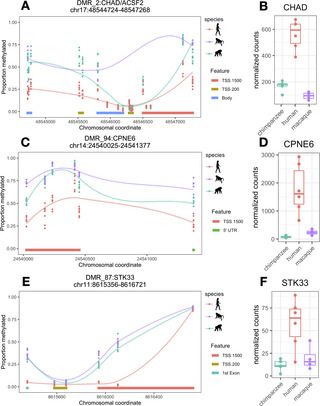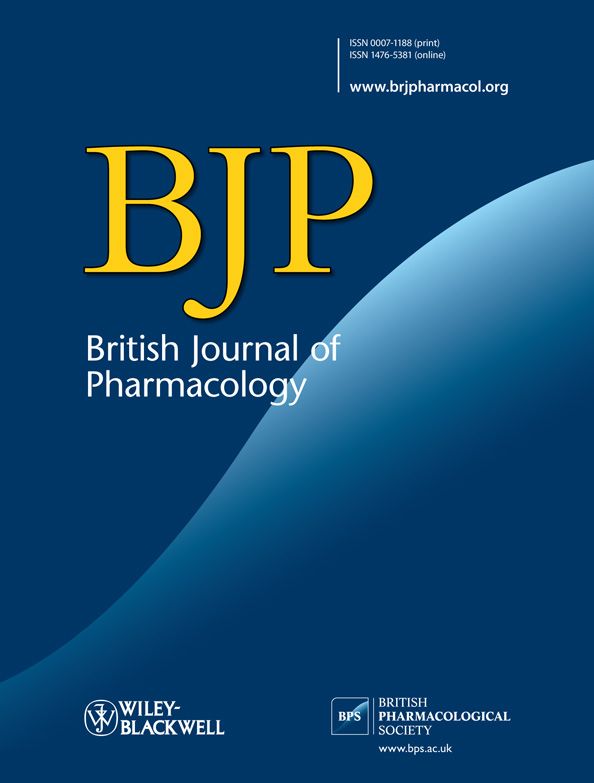Attempting to model the universe as precisely as possible is to try to see the one thing that even the strictest atheist agrees is everlasting.


Interesting as I recall Aubrey lamenting that he had met Bezos several times over the years but never got a dime from him. Also I wonder where he would put the cash. Just donor all h by is SENS? Pick a company like Age-x?
Jeff Bezos is said to get into the Longevity Industry next month according to Aubrey De Grey. Having a billionaire invest into finding a cure for aging is both amazing and worrisome.
The field of longevity research was long underfunded but recently, with more and more results coming in, investors like Jeff Bezos are getting more and more interested in the field.
Last week, the most prominent figure in the longevity-research community, Aubrey The gray, has announced that one of the biggest event of this community will transpire in around a month. Previous investors were other tech entrepreneur like Peter Thiel or Googles Larry Page.
–
Every day is a day closer to the Technological Singularity. Experience Robots learning to walk & think, humans flying to Mars and us finally merging with technology itself. And as all of that happens, we at AI News cover the absolute cutting edge best technology inventions of Humanity.
If you enjoyed this video, please consider rating this video and subscribing to our channel for more frequent uploads. Thank you! smile
–
TIMESTAMPS:
00:00 A Secret Investor?
00:53 Aubrey De Grey Interview.
01:49 The History of Longevity Investors.
04:08 Why invest in Longevity Research.
06:49 Last Words.
–
#aubreydegrey #longevity #jeffbezos
Hey guys — you might like this interview I did with Alex Steele about counter-ageing and the quest for biological immortality (focused around his new book ‘Ageless: The New Science of Getting Old Without Getting Older’. If you do very grateful for any subs to help support the channel!
I speak with Andrew Steele; author, scientist and anti-ageing campaigner about his book Ageless: The New Science of Getting Old Without Getting Older”. Interview covers why humans age, the growing anti-ageing movement, scientific progress over the past decade and potential anti-ageing treatments.
You can buy Andrew’s book here: https://www.amazon.co.uk/Ageless-Science-Getting-Older-Without/dp/152660826X

The Latest Research
Two active forms of vitamin B12 offer support to the aging brain. Preclinical data shows one of the forms protects dopamine levels.
By Michael Downey.
The third episode of our podcast, ImmortaliCast, is now available! We interviewed Didier Coeurnelle, chair and co-founder of HEALES, and Marion Steenacker, biologist from HEALES, who updated us on the partial results from the lifespan experiments on rats conducted by Harold Katcher and Rodolfo Goya and funded by HEALES. Didier also discusses the more important trends in the rejuvenation field, and the other activities and goals of HEALES.
You can watch this episode via YouTube or on the main podcast platforms:
#science #rejuvenation #aging #medicine #health #heales #lifespan #biology #plasma #HaroldKatcher #RodolfoGoya
In this interview for the podcast ImmortaliCast, Didier Coeurnelle, chair and co-founder of HEALES (https://heales.org/), and Marion Steenacker, biologist from HEALES, update us on the partial results from the lifespan experiments on rats conducted by Harold Katcher and Rodolfo Goya and funded by HEALES (https://heales.org/2020/12/22/studies-financed-by-heales-eff…er-2020/). Didier also discusses the more important trends in the rejuvenation field, and the other activities and goals of HEALES.
The Fable of the Dragon-Tyrant:
Papers referenced in the video:
Remnant Cholesterol and Atherosclerotic Cardiovascular Disease Risk:
https://www.jacc.org/doi/10.1016/j.jacc.2020.10.
The effect of adiponectin in the pathogenesis of non-alcoholic fatty liver disease (NAFLD) and the potential role of polyphenols in the modulation of adiponectin signaling:
https://www.sciencedirect.com/science/article/pii/S0753332220309781
Joint distribution of lipoprotein cholesterol classes. The Framingham study:
https://pubmed.ncbi.nlm.nih.gov/6573877/
Long-term coronary heart disease risk associated with very-low-density lipoprotein cholesterol in Chinese: the results of a 15-Year Chinese Multi-Provincial Cohort Study (CMCS):
https://pubmed.ncbi.nlm.nih.gov/20223457/
Remnant Cholesterol, Not LDL Cholesterol, Is Associated With Incident Cardiovascular Disease:
Criticism of a recent video denouncing resveratrol.
Following Doctor Brad Stanfield’s latest ‘why I stopped video’, this last one about resveratrol and pterostilbene, many of you asked for my opinion, well here it is.
DoNotAge.org 10% Discount Code: MYNMN (https://bit.ly/3oaKgLv)
Alive by Science 10% Discount Code: MYNMN (https://bit.ly/3euiDd5)
I hope you enjoy my content and find it interesting or informative, hopefully both, if so, please consider supporting the channel by signing up to the one you prefer:
*Buy me a Kofi: https://ko-fi.com/mynmnexperiment.

Humans are distinguished from other species by several aspects of cognition. While much comparative evolutionary neuroscience has focused on the neocortex, increasing recognition of the cerebellum’s role in cognition and motor processing has inspired considerable new research. Comparative molecular studies, however, generally continue to focus on the neocortex. We sought to characterize potential genetic regulatory traits distinguishing the human cerebellum by undertaking genome-wide epigenetic profiling of the lateral cerebellum, and compared this to the prefrontal cortex of humans, chimpanzees, and rhesus macaque monkeys. We found that humans showed greater differential CpG methylation–an epigenetic modification of DNA that can reflect past or present gene expression–in the cerebellum than the prefrontal cortex, highlighting the importance of this structure in human brain evolution. Humans also specifically show methylation differences at genes involved in neurodevelopment, neuroinflammation, synaptic plasticity, and lipid metabolism. These differences are relevant for understanding processes specific to humans, such as extensive plasticity, as well as pronounced and prevalent neurodegenerative conditions associated with aging.
Citation: Guevara EE, Hopkins WD, Hof PR, Ely JJ, Bradley BJ, Sherwood CC (2021) Comparative analysis reveals distinctive epigenetic features of the human cerebellum. PLoS Genet 17: e1009506. https://doi.org/10.1371/journal.pgen.
Editor: Takashi Gojobori, National Institute of Genetics, JAPAN.
A handful of companies are trying vastly different approaches to spin animal studies into the next big anti-aging therapy.

While the mitochondrion has long fascinated biologists and the sheer diversity of druggable targets has made it attractive for potential drug development, there has been little success translatable to the clinic. Given the diversity of inborn errors of metabolism and mitochondrial diseases, mitochondrially mediated oxidative stress (myopathies, reperfusion injury, Parkinson’s disease, ageing) and the consequences of disturbed energetics (circulatory shock, diabetes, cancer), the potential for meaningful gain with novel drugs targeting mitochondrial mechanisms is huge both in terms of patient quality of life and health care costs. In this themed issue of the British Journal of Pharmacology, we highlight the key directions of the contemporary advances in the field of mitochondrial biology, emerging drug targets and new molecules which are close to clinical application. Authors’ contributions are diverse both in terms of species and organs in which the mitochondrially related studies are performed, and from the perspectives of mechanisms under study. Defined roles of mitochondria in disease are updated and previously unknown contributions to disease are described in terms of the interface between basic science and pathological relevance.